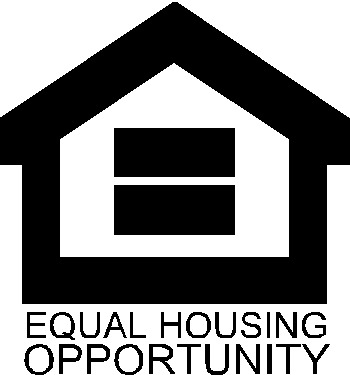

Exploring the Low Black Homeownership Gap: Are Lenders and Banks Culpable?
Homeownership is often hailed as the quintessential American dream, a symbol of financial stability, and a means to accumulate intergenerational wealth. However, this dream remains elusive for many Black Americans, as they grapple with a significantly lower homeownership rate compared to their white counterparts. This disparity in homeownership rates, along with the undervaluation of homes in predominantly Black neighborhoods, has far-reaching consequences, contributing to the racial wealth gap.
The Disparity in Homeownership Rates
The statistics are stark: as of the latest available data, Black Americans maintain a home ownership rate of only 46.4%, while their white counterparts enjoy a much higher rate at 75.8%. This disparity raises critical questions for me about the underlying causes, accountability, and potential solutions to this enduring issue. Are lenders and banks culpable for perpetuating this divide in home ownership?
Historical Context: A Legacy of Systemic Racism
To understand the root causes of the low Black homeownership gap, it is imperative to recognize the historical context of systemic racism in the United States. The racial wealth gap is not an isolated phenomenon but rather a product of deeply ingrained in equalities that date back centuries. From the horrors of slavery to the Jim Crow era's segregation policies and the discriminatory practice of redlining, Black communities have been systematically marginalized, economically disadvantaged, and deprived of opportunities for wealth accumulation.
The Role of Lenders and Banks
While systemic racisms the overarching cause of the low Black homeownership rate, lenders and banks have played a significant role in perpetuating this disparity. Historically, Black individuals and families were subjected to discriminatory lending practices, known as redlining, which systematically denied them access to mortgage loans and homeownership opportunities.
Redlining was a policy that involved categorizing neighborhoods based on their racial composition and systematically denying loans or offering them at higher interest rates to Black applicants in predominantly Black neighborhoods. This practice effectively barred Black families from purchasing homes in desirable areas, where property values appreciated over time. Although redlining was officially banned through legislation like the Fair Housing Act of 1968, its consequences continue to reverberate. Subsequent predatory lending practices, such as subprime mortgages, disproportionately affected Black borrowers and contributed to the housing market crash of 2008. The aftermath of this crisis had a devastating impact on Black homeowners, leading to a loss of wealth and further exacerbating the homeownership gap.
Contemporary Challenges
Black applicants still face hurdles in accessing mortgage loans on equitable terms. Studies have shown that Black applicants are more likely to be denied mortgage loans, even when they have similar financial profiles to white applicants. Discriminatory lending practices, such as steering Black borrowers into higher-cost mortgage products, persist in various forms, perpetuating the racial disparity in homeownership.
In Summary
The low Black homeownership gap is a complex issue deeply rooted in the historical legacy of systemic racism in America. While lenders and banks are not solely responsible for this disparity, they have played a substantial role in perpetuating it. Addressing this issue requires a multifaceted approach, including policy reforms, increased access to affordable housing, and enhanced enforcement of fair lending practices. It is essential to acknowledge that progress has been made, but much work remains to be done to rectify the historical injustices and systemic biases that continue to hinder Black Americans' access to homeownership and the accumulation of wealth. Ultimately, achieving true equality in homeownership and wealth will require a concerted effort from all sectors of society, including lenders, banks, policymakers, and the broader community.
.png)
.png)


.png)
.png)
.png)